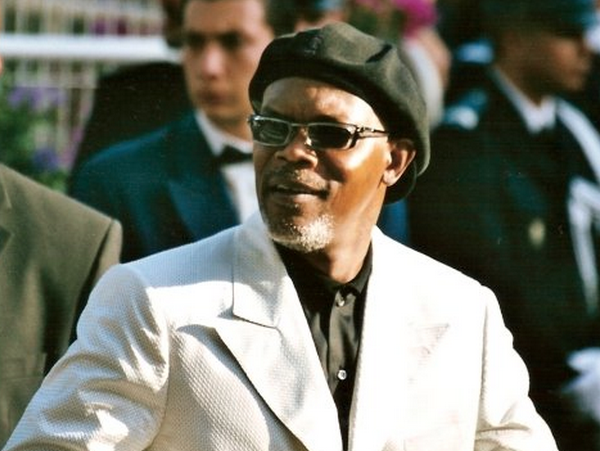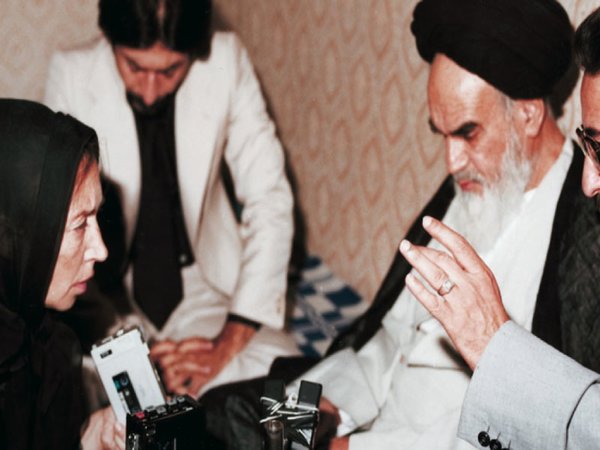We’re not supposed to like mass murderers. We’re not supposed to know them and we’re certainly not supposed to feel sympathy for them. But, I know the killers of the Clutter family.
I know that one of them drinks root beer and smokes Pall Mall cigarettes; I know that the other one prefers coffee; and I know what the gun looks like that they used to kill the Clutters.
I know this because I’ve read Truman Capote’s true crime classic In Cold Blood.
In a small town in Kansas in 1959, Herb Clutter, his wife and two of his children were robbed and murdered. Forty dollars and a portable radio were stolen. The killers were on the run for six weeks. After their arrests, Capote spent five years researching the case.
In Cold Blood opens with a description of Holcomb, a small town of 270 that most of America had never heard of before the Sunday morning of November 15, 1959. Capote then introduces us to the Clutters. They are a charitable, honest and hard-working farming family.
However, it is Richard ‘Dick’ Hickock and Perry Smith that interest most readers. Capote uses them to challenge us to confront our preconceived perceptions of killers. These “young men” are seemingly normal, even likeable, until we’re quickly told that they’re responsible for the Clutter’s murders.
Perry confesses. “I thought he was a very nice gentleman. Soft-spoken. I thought so right up to the moment I cut his throat,” he says of Herb Clutter. We are fully aware of the crime’s gruesome details, the order in which the Clutter’s were killed and Dick’s intention to rape the women. But, Capote can still manage to extract sympathy from readers for these two men. And he does; a bunch of scholarly literature essays confirm it.
In Literary Perspectives on Murder, Ronald Baughman says that it’s usually the author’s perspective of the murder that influences readers. But, as In Cold Blood is journalism, there is a genre expectation, indeed fulfilled, that the author remains subjective.
However, during the five years he spent researching, Capote spent so much time with Dick and Perry that he got to know them and even befriend them. Baughman argues that when someone is familiar – in this case to both Capote and subsequently to readers – it becomes difficult not to separate their behaviour from their likeable character.
This is particularly true with Dick and Perry because we’re introduced to their loving families, they share their dreams for the future with us, and we’re told what they were like as children. They are not wholly sinister; they’re just like you and me.
Compiling 8,000 pages of notes, Capote’s research also included extensive interviews with everyone involved in the Clutter case — from the inspecting police officers to the townspeople of Holcomb. He brought his childhood friend Harper Lee (author of To Kill A Mocking Bird) with him to gain the trust of the locals.
In Cold Blood was first printed in four instalments in The New Yorker in 1965. The “fact fiction”, as Capote describes it, was eventually published as a book in 1966. It was considered the “masterpiece of 1965”, by Guardian reviewer at the time, George Steiner. The book was so popular that it was rumoured that Capote was paid $15 per word in royalties.
Adapted into a film in 1967 that was nominated for four Academy Awards, it was also made into a miniseries in 1996. Most recently, Capote’s experiences of researching the book have been documented in a film starring Phillip Seymour Hoffman, who won the Academy Award for Best Actor, as Capote. Aptly titled Capote, it was nominated for four other Academy Awards.
Although In Cold Blood was released more than four decades ago, continuing public interest in the book has seen it released in the Popular Penguin range of classics, which should, in turn, help consolidate its stature.
In Cold Blood was ahead of its time. As a piece of journalism, it revolutionised the way non-fiction was written. By applying fiction-writing techniques, Capote could easily control the attention and emotions of his readers. Today, Capote’s masterpiece is found in ‘true crime’ sections in bookstores. At Borders in Australia, true crime is one of its best-selling sections, indicating that Capote ultimately created a popular new genre.
However, while most true crime books clearly distinguish the ‘goodies’ from the ‘baddies’, In Cold Blood is almost unique in that feelings of sympathy are elicited for the ‘baddies’. When reading, I did feel sympathy for them. I found myself liking them and wanting to know more about their lives. That emotion was soon followed by guilt.
Although, when Dick deliberately runs over a stray dog by the side of the road, I remember what these men are. Despite their families, their future dreams and their childhood, they are not like you and me. They are killers.
“Boy,” says Dick, after running over the dog.
“We sure splattered him.”
Kelly Theobald is a graduating Bachelor of Journalism student at La Trobe University. More of Kelly’s writing can be found at Music Meets Girl.
Do you think In Cold Blood is a book every journalist should read?
Over the coming months, Upstart will be developing its list of #topournobooks. See what else has made the cut so far.






